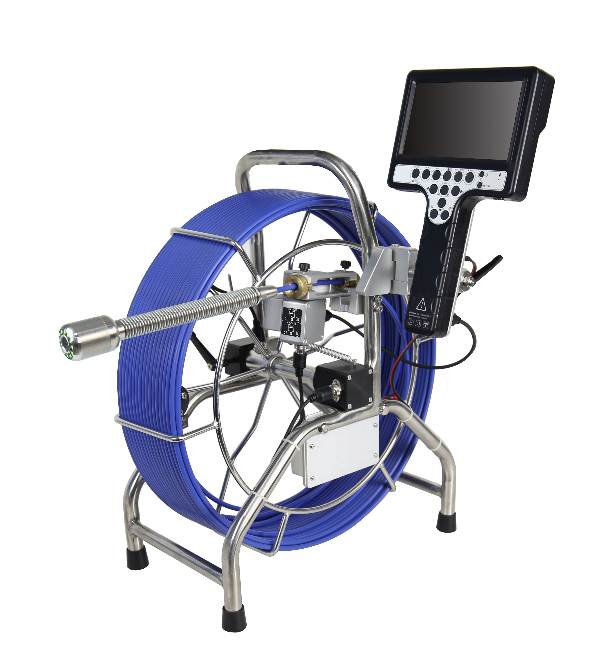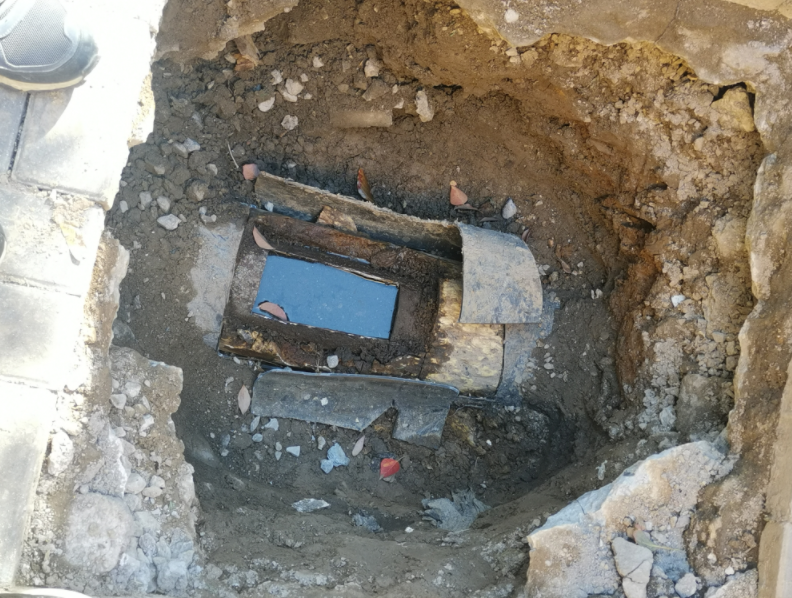Inspection of cable wells and power pipelines, pipe inspection camera instead of workers are more efficient
The power system is a whole composed of power plants, transmission grids, distribution grids and power users. Among them, the power pipeline is the closest to our daily life. The power pipeline is usually a cable plus a pipe for protection. From the perspective of city appearance and safety, the power pipeline is usually laid underground, and the cable well is set up for the convenience of cable inspection. Yes, usually in underground pipes. In the inspection of cable wells and power pipelines, it is safer and more efficient to use endoscopic inspection instruments instead of workers.

Cable wells and power lines need to be inspected regularly to detect abnormalities or diseases as early as possible. Due to urban planning and development, the number of cable wells and power pipelines has increased sharply, increasing the workload of detection; on the other hand, due to the limitation of the environment of the cable well itself, it is often lack of lighting, dark and humid, and there may be silt and water , even poisonous gas and liquid, etc., there are certain safety hazards for the personnel who go down to the well for inspection; and the cable shaft is deep and narrow, it is also very difficult for the inspectors to comprehensively detect. Therefore, the inspection of cable wells and power pipelines has always had problems such as difficulty, low inspection efficiency, and incomplete inspection, which adds unstable factors to the power supply.

The industrial endoscope is a remote visual inspection instrument, which can replace the inspectors to enter the cable well for inspection, ensuring the personal safety of the inspectors; in addition, the miniature camera carried by the industrial endoscope probe can capture real-time images in the cable well, It is sent back to the inspectors to watch, so it is a very intuitive detection method. Although the inspectors did not go down into the well, they also have an immersive detection effect. Using this detection equipment, inspectors can check whether there is corrosion, cracks, leaks, joints and penetrations of the power pipeline outside the cable well, and the operation is simple and the effect is accurate.
Since the laying of power pipelines is often relatively long, and the cable wells that need to be inspected are relatively deep, this puts a test on the "remote detection" capability of industrial endoscopes. The working length of the industrial video endoscope can generally reach 10m, the pneumatic guide can reach 30m, and the cable of the pipeline endoscope can be as long as nearly 100 meters, all of which provide convenience for long-distance detection. Moreover, many industrial endoscope manufacturers can also customize the diameter, length and other parameters of endoscope products according to user needs.
The use of industrial endoscopes to inspect cable wells and power pipelines is only the tip of the iceberg of industrial endoscopes in power systems. In fact, wind power, thermal power companies, hydropower plants, and gas turbine power plants use industrial endoscopes to detect internal defects in equipment. Inspection is a relatively common and mature application. Because of its intuitive, fast, efficient, and non-destructive features, industrial endoscopes have become one of the standing inspection tools in the energy and power industry.

